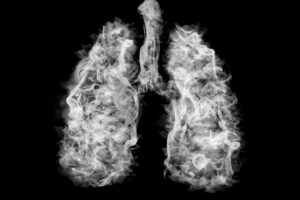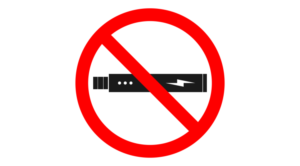What if you are involved in a motor vehicle accident where both you and the other driver are partially at fault for the accident? What happens if the other driver sues you (or your insurance company) for his or her injuries and damages? In short, under North Dakota law, if the other driver is 50% or more at fault for the accident, he or she cannot recover against you. While it is up to a jury to determine a percentage of fault, it is important to note that if a party is equally at fault for their own injuries, they cannot recover against another party in North Dakota.
Under North Dakota Century Code § 32-03.2-02, injured parties cannot recover if their fault is equal to or more than another party. However, if the injured party is less than 50% at fault, he or she can recover, although his or her recovery could be limited based on the percentage of fault. Essentially, the fault of two or more parties is compared and each party is liable only for their percentage of fault. Cases where this standard applies include negligence, malpractice, dram shop liability, reckless or willful conduct, and product liability. Therefore, the comparative fault statute applies to common tort cases like motor vehicle accidents, medical malpractice, and slip and falls. North Dakota, along with nine other states, follow the modified comparative fault rule with a 50% fault bar for recovery. Thus, if a jury finds plaintiff and defendant both 50% at fault in a lawsuit, neither party can recover anything.
In contrast, Minnesota (along with 22 other states) follow a modified comparative fault rule with a 51% bar for recovery. M.S.A §604.01 provides: “Contributory fault does not bar recovery in an action by any person or the person’s legal representative to recover damages for fault resulting in death, in injury to person or property, or in economic loss, if the contributory fault was not greater than the fault of the person against whom recovery is sought.” Simply put, the defendant cannot be less at fault than the plaintiff for the plaintiff to recover. So, if the parties are found to be equally at fault at 50/50, the plaintiff can still recover an award (which would be reduced by plaintiff’s percentage of fault), but if the plaintiff is found to be 51% at fault in Minnesota, the plaintiff would be more at fault than the defendant and no recovery would be allowed.
Joint and several liability is related to the concept of comparative fault laws and considered under the same comparative fault statute. Under joint and several liability, each person found at fault for an injury could be held liable for the full amount owed to the injured party regardless of their level of fault. Essentially, each defendant is responsible for the entire amount of damages. However, North Dakota law provides modified joint and several liability. Under the modified joint and several liability standard, any at-fault parties are held severally liable, meaning they are responsible for only their portion of the reward, unless the defendants act in concert. Overall, under North Dakota’s comparative fault statute, defendants cannot be held liable for more than their percentage of fault and cannot be held liable for any damages if the plaintiff was 50% or more at fault for his or her own injuries.

Born and raised in Western North Dakota, Tatum O'Brien attended North Dakota State University and graduated with distinction from the University of North Dakota School of Law. She has since built years of litigating experience in her home state and become recognized as a highly skilled attorney representing clients in criminal and personal injury cases in addition to helping those who have experienced issues of medical malpractice, serious personal injury, and wrongful death.










Comments for this article are closed.